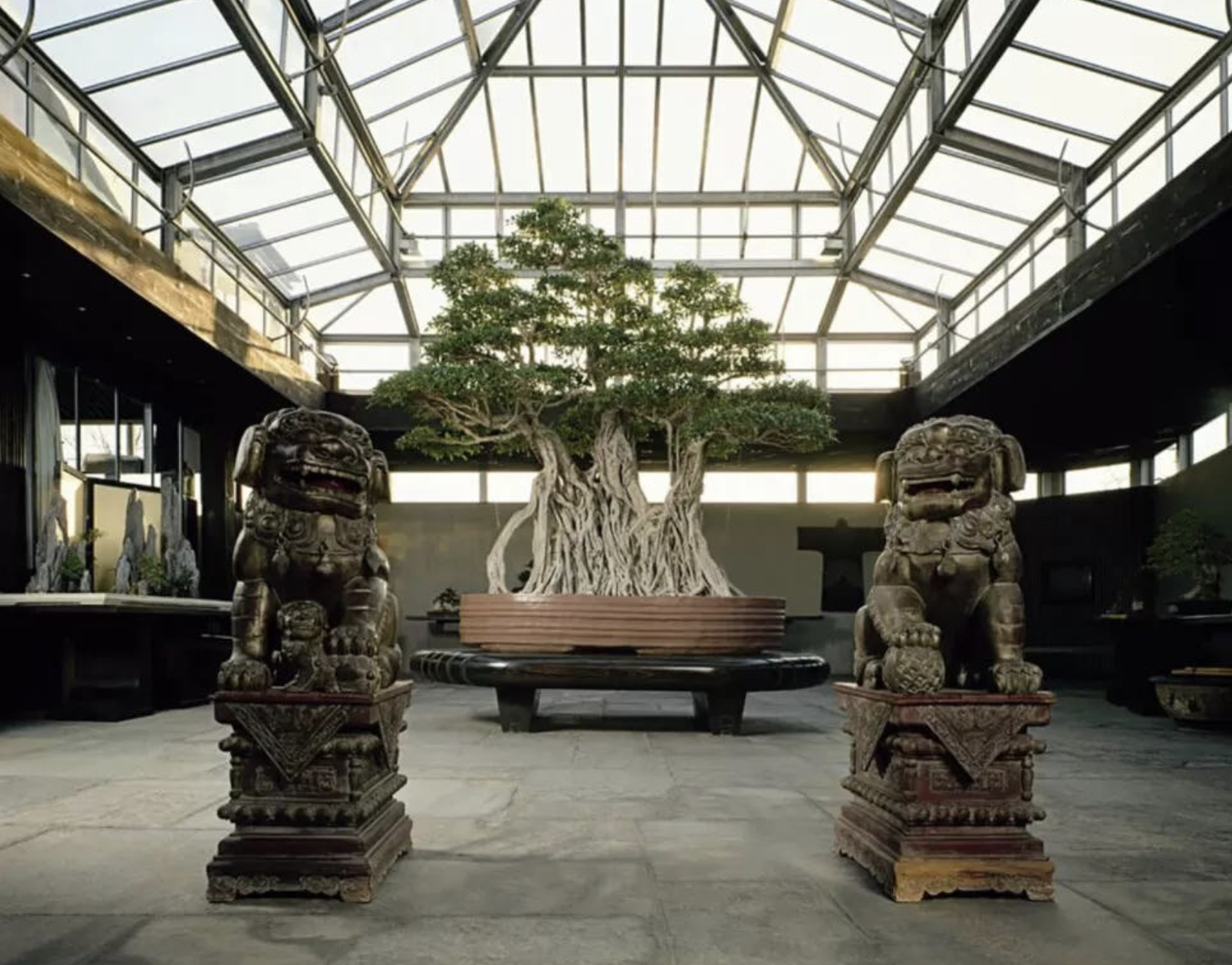A Thousand Years of Living Sculpture: the Ficus of Crespi
The world’s oldest bonsai tree lives just a few kilometers outside Milan, Italy, in the small town of Parabiago. There, in a stately solarium at the Crespi Bonsai Museum, sits a 1,000-year-old Ficus retusa Linn. The so-called Ficus of Crespi found its home in the world’s first bonsai museum, after nearly a decade of negotiation between Japanese bonsai master Shotaro Kawahara and art merchant/painter Luigi Crespi. It stands, branches elegantly spread, as testament to a level of care and foresight nearly inconceivable for most contemporary visitors.
The art form of bonsai is believed to have originated in 600 AD China before traveling to Japan in the 12th century. The cultivation of a single tree extends through decades, centuries, and in this case, over a millennium, and by necessity passes through countless pairs of skillful hands during its lifespan. Every aspect of bonsai care requires exceptional attention: watering must follow precise schedules, soil composition requires careful management, and environmental conditions such as sunlight, temperature, and humidity demand constant monitoring. Even the most subtle adjustments can dramatically influence a tree's growth over decades.
To behold a being as old as the Ficus of Crespi is to encounter a miracle of forethought: caretakers must consider the tree's immediate needs while also contemplating its form and health far into an unknowable future. This form of living sculpture is a testament to the transcendent capacities of human care and attention – and an invitation to imagine a radically different relationship to the passage of time.
